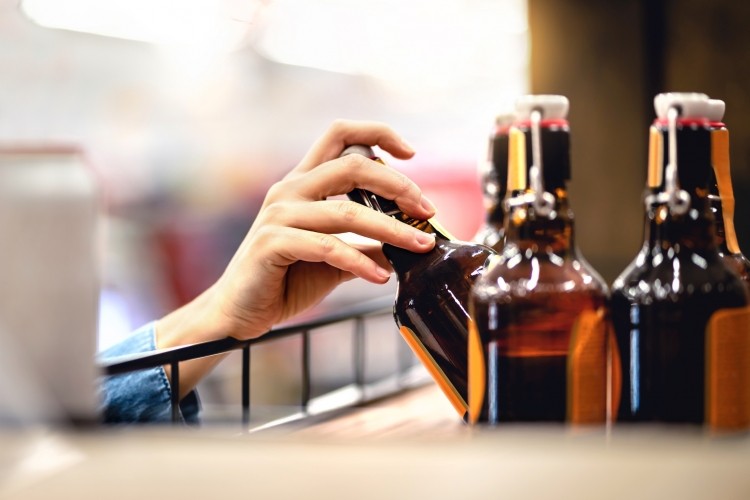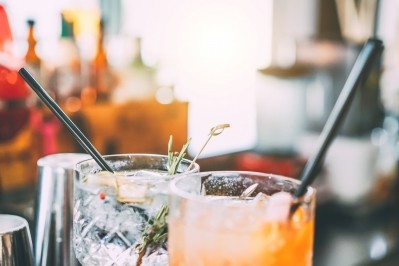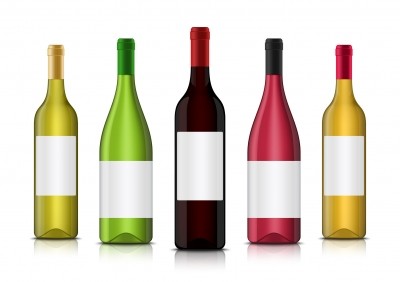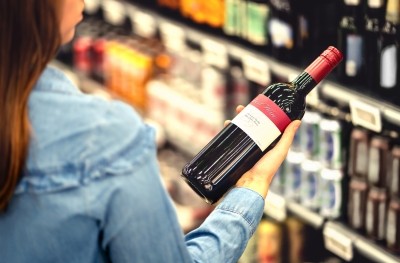Coronavirus will have ‘far-reaching’ impact on alcohol: 5 emerging consumer trends

In May the IWSR warned that it would take five years for the global alcohol industry to rebound from the COVID-19 crisis. The near complete shutdown of bars and restaurants across the world for several months in 2020 has set the category back dramatically.
Although there has been an uptick in liquor retail and ecommerce, this has not been enough to offset losses in the on-trade. IWSR estimates double-digit declines for 2020, which will take until 2024 to recover to 2019 pre-Covid-19 levels. In the US and UK, this is likely to take even longer.
Consequently, it’s evident that coronavirus will have ‘far-reaching’ impact on the beverage alcohol category, says the IWSR, outlining the consumer trends emerging as a result of the coronavirus pandemic in its Global Trends Report 2020.
But with consumption habits changing as a result of the pandemic, this does open up new opportunities in certain sectors: five of which are below.
Premiumisation
Consumers will continue to search for authenticity and status, enhanced by their increasing knowledge about the subject.
“Premium-and-above spirits are forecasted to increase their global volume market share to 13% by 2024 as consumers continue to favor quality over quantity, including cocktails and high-end sipping spirits,” says IWSR.
“By value, China is the world’s largest premium-and-above market for wine and spirits, although, by volume, the US trails it closely.
“In both countries, premium-and-above brands are forecasted to increase their volume market share by approximately one percentage point between 2019 and 2024, as the premiumization trend continues to influence market developments.”
Local beverages
Pre-pandemic, an interest in local products amount the younger generations was starting to emerge – a reaction against the globalisation trends seen in previous generations.
“Local products and experiences – accelerated by travel restrictions and closed borders during the pandemic – will continue to gain popularity as consumers rally behind symbolic and job-sustaining producers,” says IWSR.
However, some spirits categories will continue to ride the globalization trends.
“This includes premium-and-above tequila (which has grown 15% year-on-year between 2015-2019), and spirit aperitifs (which after the Covid-19 slump, due to on-trade closures, should return to healthy growth by 2021, with volumes increasing by almost 16% from 2019 levels).”
Sustainability
Sustainability has been an increasing consumer concern for some time now: and this is likely to continue. Buying local is one way this may manifest itself in consumer behavior, as is an increased focus on organic products.
“The top organic wine markets as of 2019 are Germany, France, the UK, the US, Sweden and Japan. Here and elsewhere, broad consumer-and state-led shifts toward health and/or sustainability are likely to continue in the wake of the Covid-19 pandemic. This will have implications for the whole beverage alcohol industry, from production and packaging to distribution and administration.”
Convenience
For the third consecutive year, RTD products were the fastest growing beverage alcohol category in 2019, up 19.6% in volume and 18.8% in value globally. This momentum is set to continue while the on-trade adapts to a new normal.
“Adapting to bar and restaurant outdoor dining restrictions and closures has forced consumers – especially among younger LDA generations – to form new drinking habits that will likely persist into the future, with portable/convenient beverages such as canned wine and RTDs well-poised for this.”
Hard seltzers are an example of an RTD category that continues to thrive: notably in the US, but also now with a global reach.
Health
Another existing trend exacerbated by the coronavirus pandemic is health and wellness. Health-conscious drinkers are adopting a policy of moderation: cutting back in volume, reducing drinking occasions, or switching their regular drinking choices for improved products in the low and no alcohol arena.
“In the top countries for low- and no-alcohol products, no-alcohol beer is set to grow its share of the beer category to 4.45% by 2024, as sober and moderating consumers embrace newly improved products across a wide range of occasions.”









